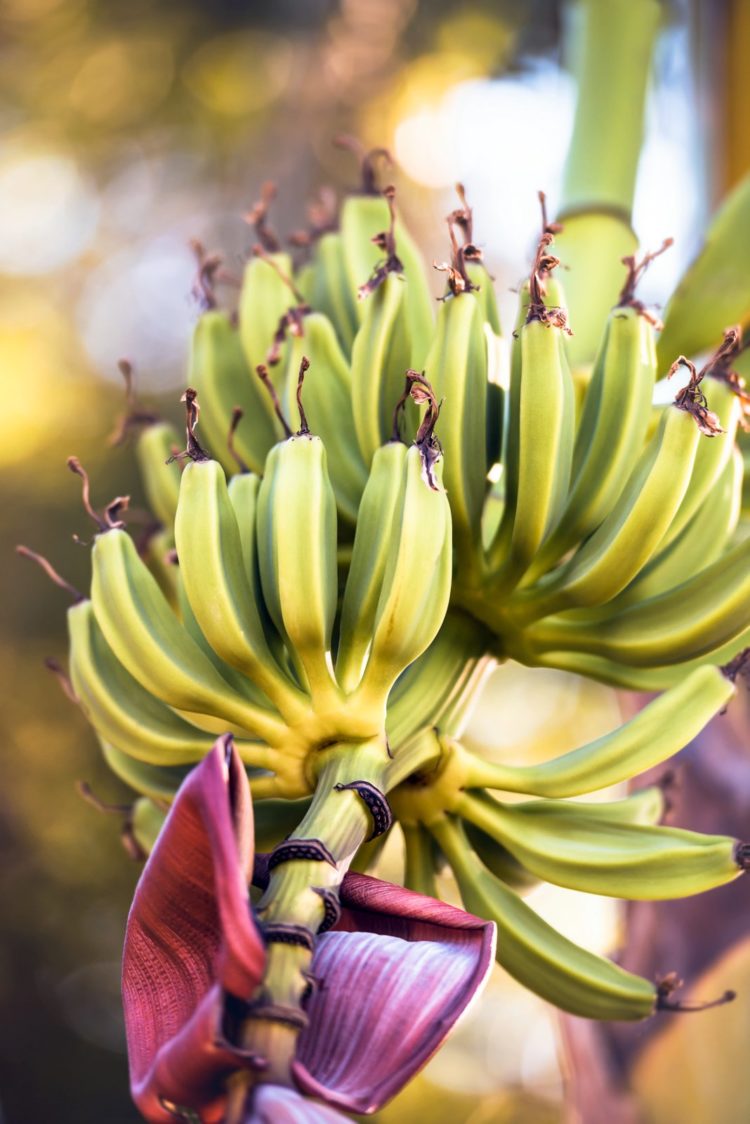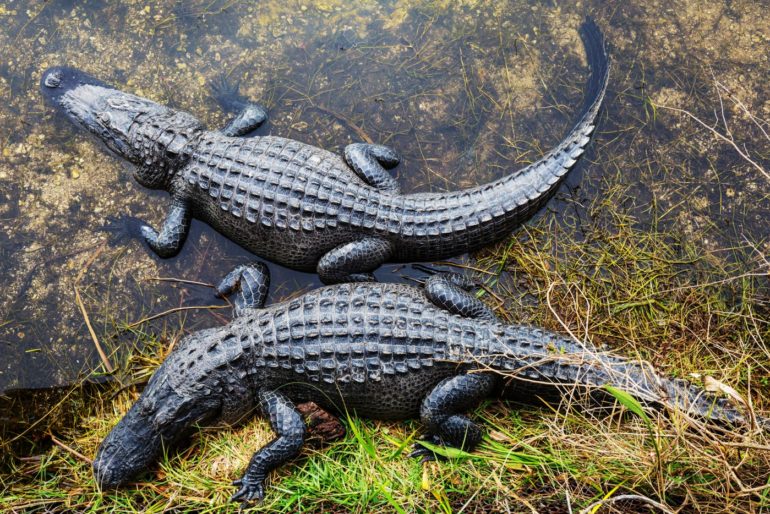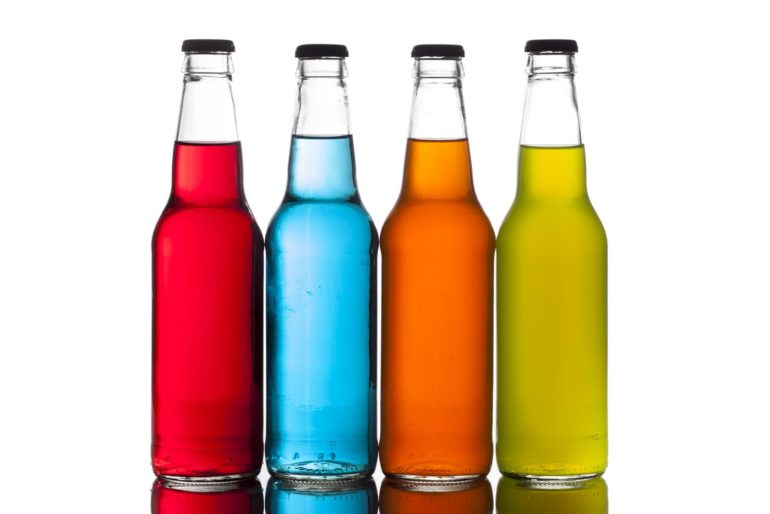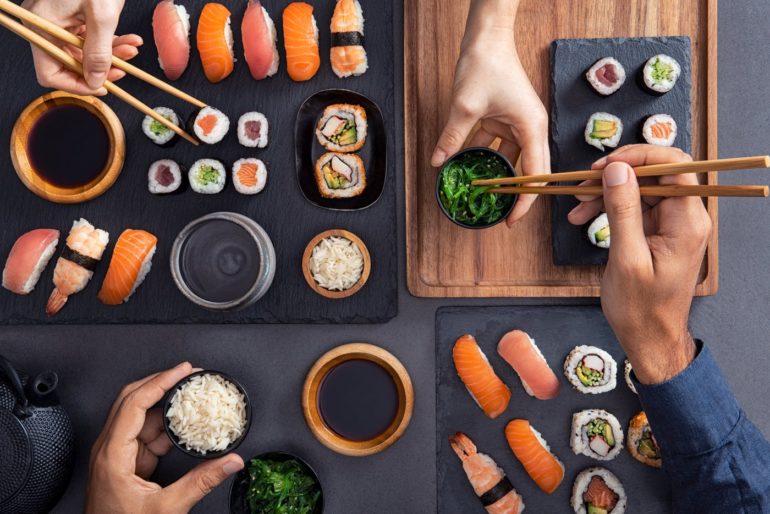Are bananas really radioactive?
You may have heard that bananas are radioactive.
Is it true — and if so, did someone irradiate a banana farm, or did it happen naturally somehow? Should you be concerned, and avoid this yummy yellow tropical fruit?
Don’t panic
In a word, yes, they are radioactive. But don’t go throwing your bananas in the trash and decontaminating your house — it’s okay.
See, many people think of radiation as something that only comes from nuclear power plants and atomic bombs. While yes, those are sources of ionizing radiation, they are by no means the only source of ionizing radiation.
In fact, there’s a fairly good amount of naturally-occurring radiation — after all, that’s how we discovered the concept of it in the first place.
So, why are bananas radioactive? It’s because of potassium — the very thing for which we are encouraged to eat bananas.
You see, the average banana contains 422mg of potassium. The vast majority of the potassium found in bananas (and the rest of nature, for that matter) is the regular, stable form of the element. However, about 0.0117% of the potassium in nature is the unstable isotope potassium-40.
I won’t bore you with the math (though I would like to apologize to my 10th grade chemistry teacher, as knowing how to properly apply Avogadro’s number finally came in handy), but this breaks down to a dose of about 0.1 µSv (microsievert) per banana.
The Sievert, if you’re not aware, is the currently accepted international standard for dose equivalent radiation. 1 Sievert dose, all at once, will make you sick — and a microsievert is 0.000001 Sievert. That’s a really, really small number.
To put that in perspective, let’s look at a list of things that generate higher doses of ionizing radiation than a banana, when compared to this beloved yellow fruit:
- 0.1 µSv: eating one banana
- 1 µSv: using an old-school CRT monitor for a year
- 5 µSv: one dental x-ray
- 40 µSv: taking a plane flight from New York to Los Angeles
- 70 µSv: living in a stone, brick, or concrete building for one year
- 400 µSv: a mammogram
- 2 mSv (=2,000 µSv): a head CT scan
And so on. If you’d like to see a handy chart showing these and many more sources of radiation and how they compare, dosage-wise, check out this take a look here.

The banana equivalent dose
In fact, since the radiation emitted by a banana — while still detectable — is so low, a whimsical unit of radiation exposure has become popular in the last couple of years: the “banana equivalent dose,” or BED.
It’s often used by people to point out how trivial some amounts of radiation are, especially when news outlets start to sensationalize releases from nuclear power plants.
Bananas, of course, aren’t the only foods that are rich in potassium — and, as a result, rich in potassium-40 — and slightly radioactive. Potatoes, kidney beans, sunflower seeds and nuts — especially Brazil nuts — are all ever so slightly radioactive, along with any other food that is rich in potassium.
A beautiful bunch of ripe bananas
There are a lot more things worth worrying about then the amount of radiation a typical banana produces. Consider this: On average, the human body contains 2.5g of potassium per kilogram of body weight. So a 70kg (~154lb) person, at any given time, contains roughly 175g of potassium — and therefore you absorb roughly 390 µSv per year, just from the potassium in your body.
So you can safely go bananas. (If you want more than just the a-peeling fruit by itself, you can try some vintage banana recipes here.)







